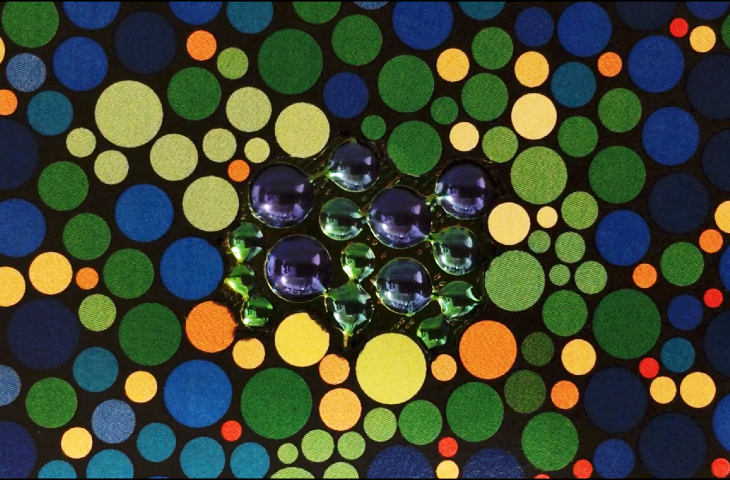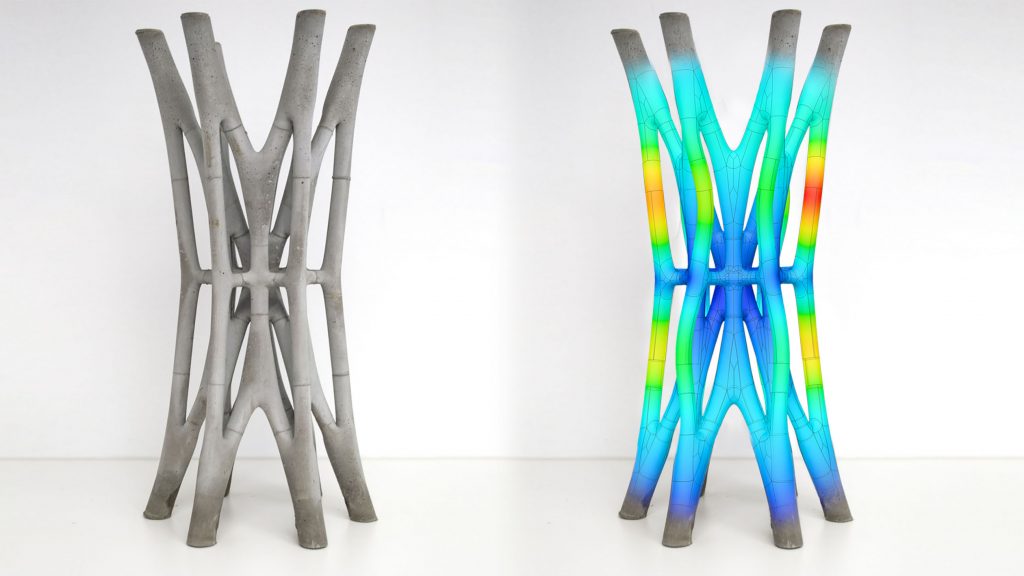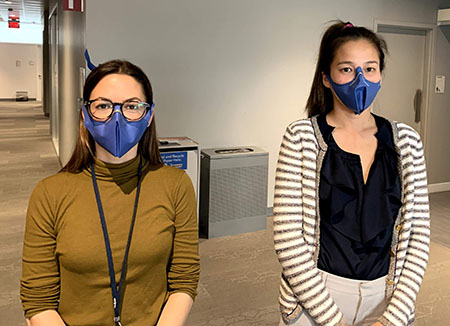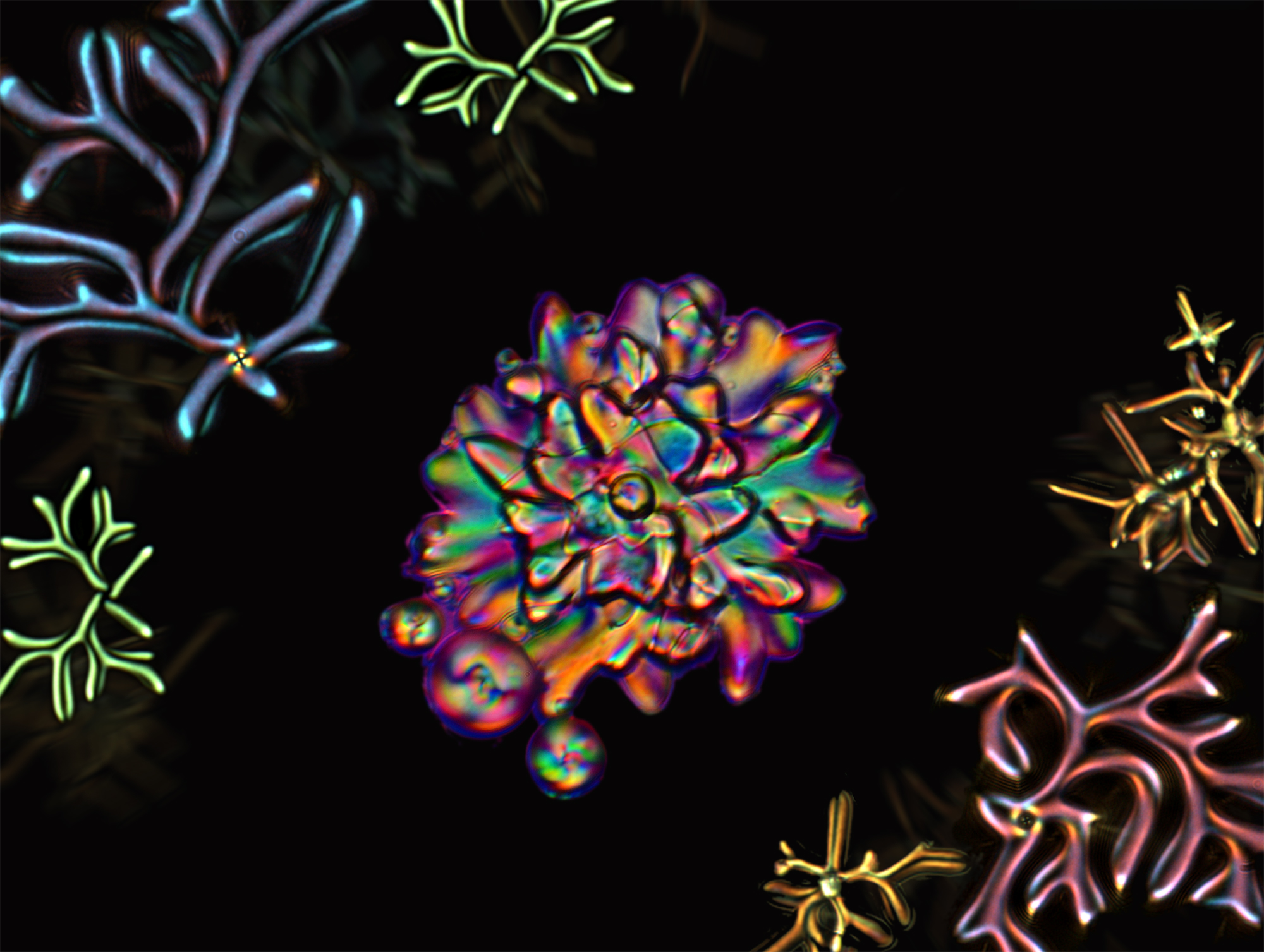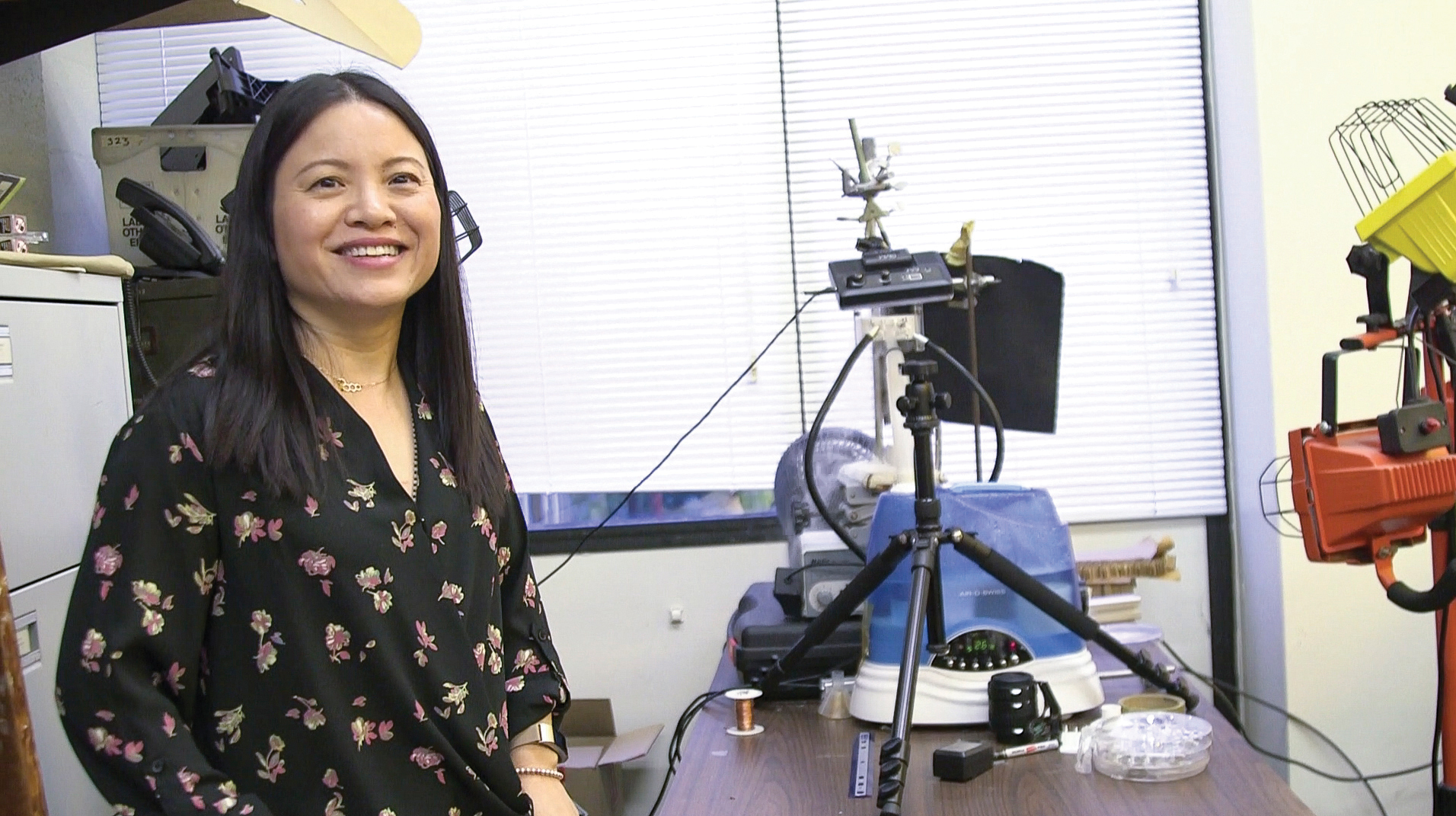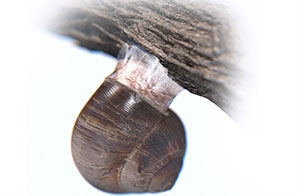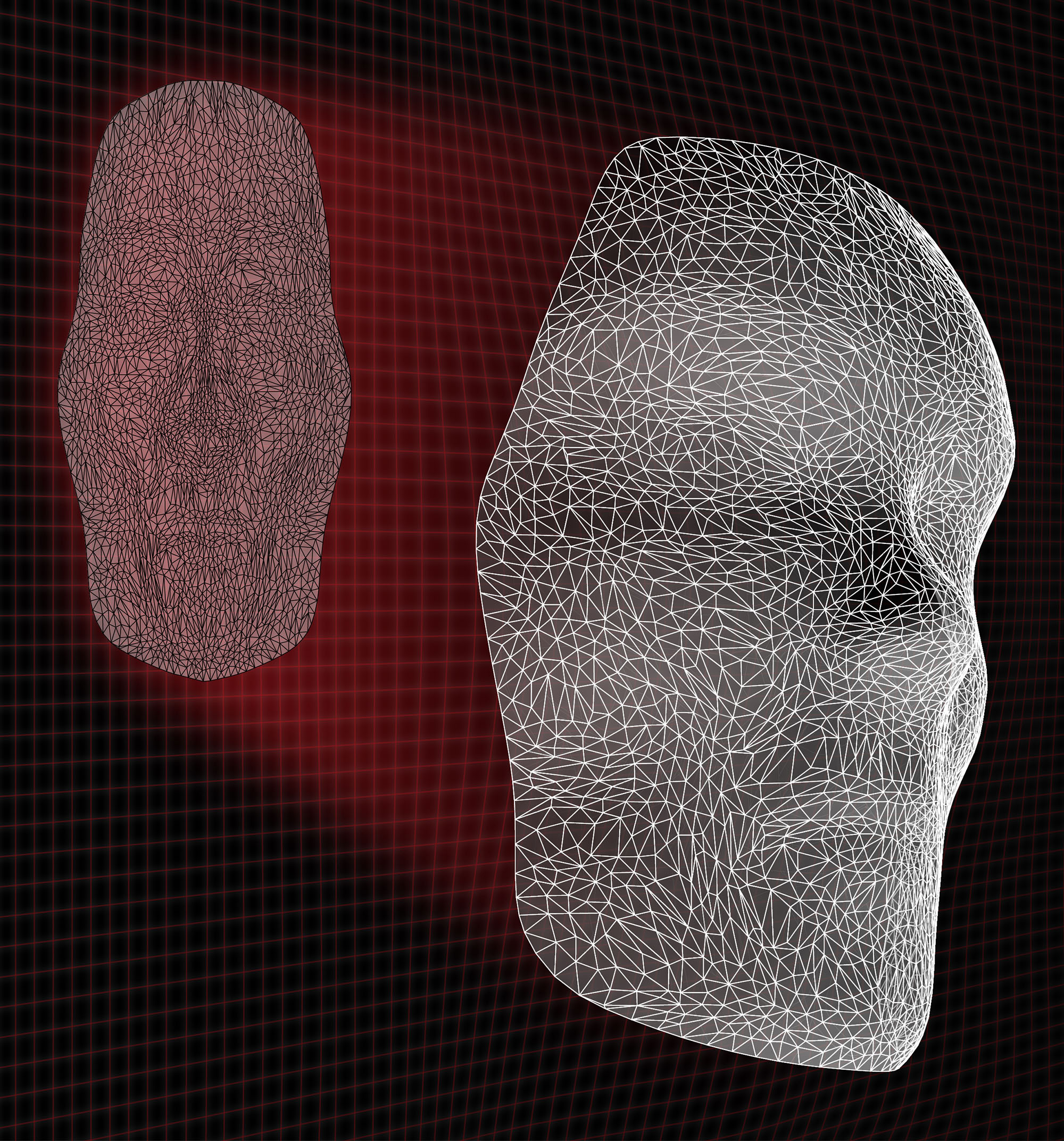Broadband and Pixelated Camouflage by Exploiting Large Poisson Effect in Main-Chain Chiral Nematic Liquid Crystalline Elastomers
Inspired by cephalopod’s skin, the Yang lab creates an artificial chromatophore that can change colors instantly—from near-infrared to visible to ultraviolet—on demand, by inflating thin, flexible membranes made from cholesteric liquid crystal elastomers, where the mesogens are arranged in helical shapes. As the membrane is placed on top of a cavity and inflated, the pitch … Read more
